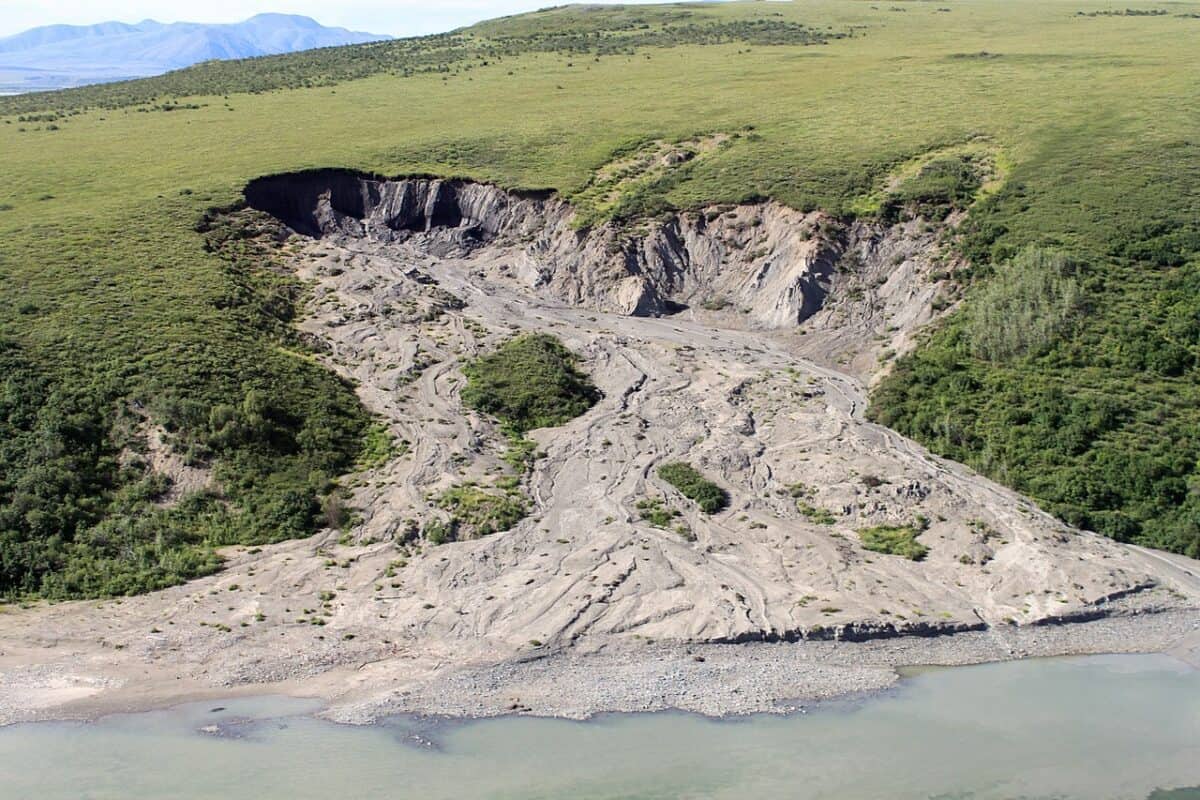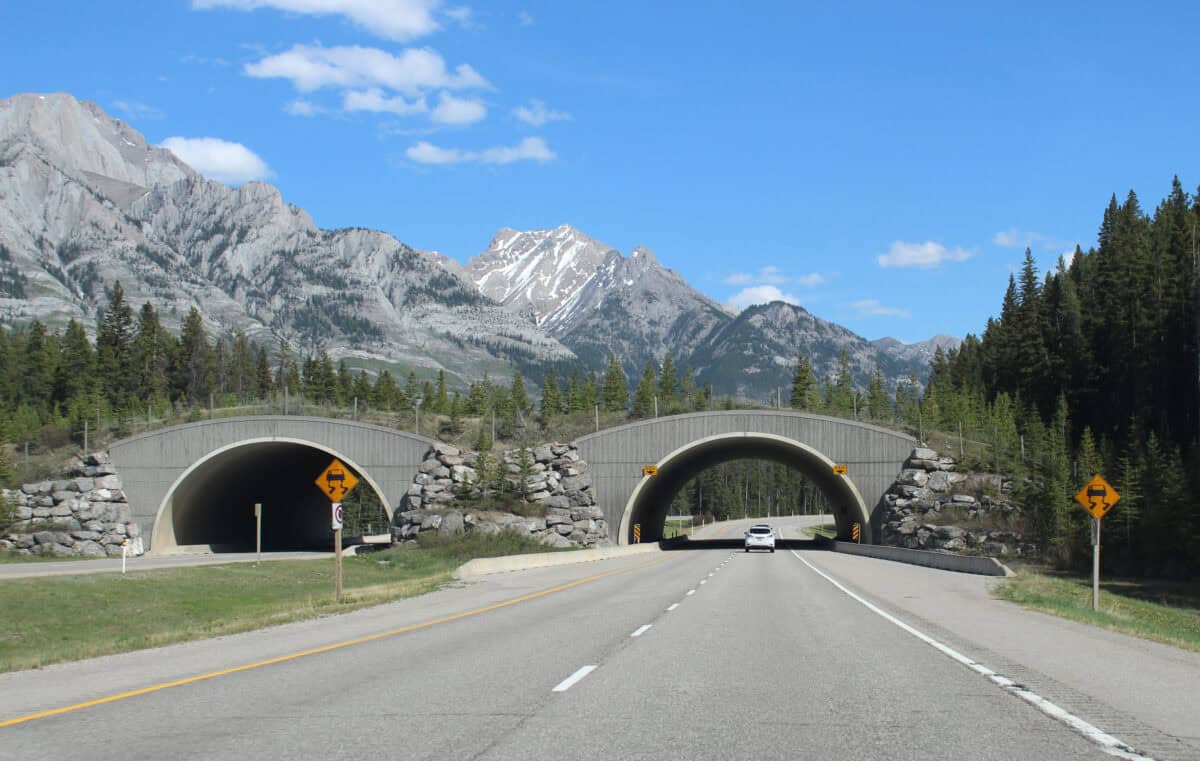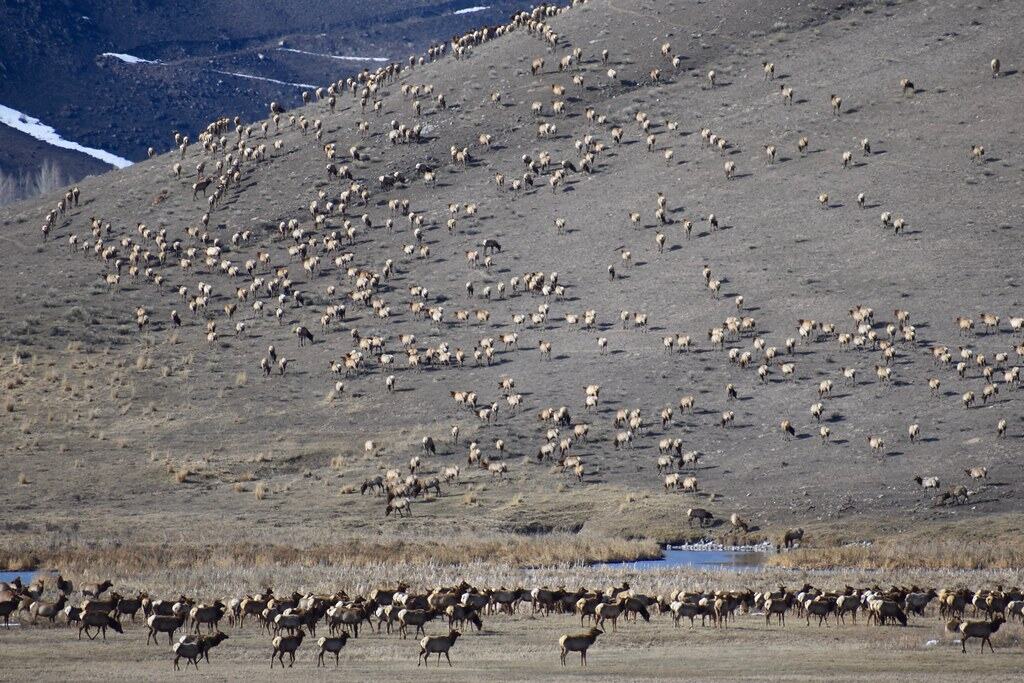Deep in the heart of Wyoming, a spectacular natural phenomenon unfolds twice each year. The Bridger-Teton National Forest serves as the critical corridor for North America’s largest elk migration, where thousands of majestic wapiti traverse ancient pathways between seasonal habitats. This remarkable journey represents one of the most impressive wildlife migrations remaining in the United States, yet many Americans remain unaware of its existence. As these magnificent creatures navigate through dense forests, alpine meadows, and treacherous mountain passes, they continue a ritual that has endured for thousands of years despite increasing human development and changing landscapes. Their story is one of resilience, adaptation, and the enduring power of instinct—a testament to nature’s persistence in an increasingly fragmented world.
The Greater Yellowstone Ecosystem: A Migration Superhighway

The Bridger-Teton National Forest forms a crucial part of the Greater Yellowstone Ecosystem, one of the largest relatively intact temperate ecosystems remaining on Earth. Spanning approximately 3.4 million acres, this forest provides essential habitat connectivity between Yellowstone National Park and the valley floors where elk spend their winters. The ecosystem encompasses approximately 18 million acres across Wyoming, Montana, and Idaho, supporting not only the famous elk migration but also providing habitat for grizzly bears, wolves, moose, and hundreds of other species. What makes this forest particularly special is its role as the primary migration corridor for an estimated 20,000+ elk that move between high-elevation summer ranges and lower winter grounds—representing the largest elk migration in the United States and one of the most significant remaining large mammal migrations in North America.
The Jackson Elk Herd: Stars of the Migration

The most famous participants in this grand migration are members of the Jackson elk herd, numbering approximately 11,000 animals. This herd spends summers high in the mountains of Grand Teton National Park and surrounding areas before making the 50-60 mile journey to the National Elk Refuge and adjacent lands during winter months. The migration isn’t a single event but rather a dynamic movement of multiple groups traveling at different times depending on weather conditions, food availability, and other environmental factors. Bulls, cows, and calves often travel in separate groups, with pregnant females particularly motivated to find the most nutritious spring vegetation to support their growing offspring. The herd’s movements have been carefully documented through GPS tracking collars, revealing complex decision-making processes that have been fine-tuned through generations of evolutionary adaptation to this specific landscape.
A Migration Shaped by History

The elk migration through Bridger-Teton National Forest follows routes that have been used for thousands of years, predating European settlement in North America. Archaeological evidence indicates that Native American tribes, including the Shoshone and Bannock, synchronized their movements with the elk herds, following them through the mountains as an essential food source. The migration pathways themselves show evidence of being worn into the landscape over centuries of consistent use, with some routes likely remaining unchanged for millennia. When the first European explorers and settlers arrived in the region in the 1800s, they reported seeing vast herds moving through the mountains in numbers far greater than today’s populations. Despite significant habitat changes over the past two centuries, including the establishment of towns, ranches, and roads throughout the Greater Yellowstone Ecosystem, the core migration routes through the Bridger-Teton have remained remarkably intact, protected by the national forest designation established in 1908 (as separate forests before being combined in 1973).
The Seasonal Rhythm of Migration

The migration through Bridger-Teton follows a predictable seasonal pattern driven by snowmelt, vegetation growth, and temperature changes. Spring migration typically begins in May as temperatures warm and snowpack recedes at lower elevations. During this “green-up” period, elk follow the emerging nutritious vegetation up the mountain slopes, timing their movements to maximize access to high-quality forage. By late June or early July, most elk have reached their summer range in the high country, where they spend several months feeding on lush alpine vegetation. The return journey begins in autumn, typically September through November, triggered by the first significant snowstorms and dropping temperatures in the mountains. This fall migration is often more compressed and urgent than the spring journey, with large groups moving quickly ahead of winter’s arrival. By December, most of the herd has completed the journey to winter grounds, where they will remain until the cycle begins anew the following spring.
Navigating a Challenging Landscape

The migration route through Bridger-Teton National Forest presents numerous natural challenges that test the strength and endurance of the elk. The journey involves navigating steep mountain passes, dense forest, fast-flowing rivers, and occasionally deep snowdrifts. Elevational changes can be extreme, with elk traveling from winter ranges at approximately 6,000 feet to summer habitats above 10,000 feet. Some segments of the route require elk to climb nearly vertical slopes or cross treacherous terrain where footing is precarious. Predator encounters also pose significant risks along the way, with wolves, bears, and mountain lions all taking advantage of the predictable movement of prey. Weather adds another layer of difficulty, as spring storms can dump fresh snow on mountain passes just as elk are attempting to cross, while early winter blizzards can make the return journey particularly dangerous. Despite these challenges, healthy adult elk are remarkably adapted to the journey, capable of covering 20-30 miles in a single day when necessary.
The Critical Role of Stopover Sites

Recent research using GPS collar data has revealed that the migration isn’t simply a direct journey between summer and winter ranges but includes critical “stopover” sites where elk may linger for days or even weeks. The Bridger-Teton National Forest contains hundreds of these essential rest areas, typically characterized by abundant food, water access, and some measure of security from predators. Biologists have identified approximately 140 key stopover sites within the forest, where elk spend nearly 95% of their migration time. These areas function similarly to rest stops on a highway, allowing the animals to replenish energy stores before continuing their journey. The most important stopover sites feature south-facing slopes that green up early in spring or hold forage longer in fall, meadows with diverse plant communities, and natural security features like ridges or forest edges that provide escape cover. Protection of these specific sites within the broader migration corridor has become a conservation priority, as their loss could disrupt the entire migration system.
Modern Threats to an Ancient Pathway

Despite the protected status of much of the Bridger-Teton National Forest, the elk migration faces numerous modern challenges that threaten its long-term viability. Energy development, including oil and gas drilling, has fragmented portions of the migration corridor, creating physical barriers and disturbances that can alter elk movement patterns. Residential development in valleys and foothills has constricted migration routes, particularly near Jackson Hole, where expensive homes now occupy traditional winter range. Climate change represents perhaps the most significant long-term threat, as shifting precipitation patterns and rising temperatures alter the timing of plant growth that elk depend on during their journey. Increased tourism and recreation in the forest also create potential conflicts, with motorized vehicles, mountain bikers, and hikers occasionally disrupting elk movement during critical migration periods. Disease transmission, particularly chronic wasting disease, poses another serious concern as concentrated elk populations can facilitate rapid spread of pathogens.
Conservation Success: The Red Desert to Hoback Migration Corridor

One of the most important segments of the elk migration through Bridger-Teton National Forest is the Red Desert to Hoback corridor, which received historic protection in 2018. This 150-mile route represents the longest known mule deer migration in the Lower 48 states and overlaps significantly with elk migration paths. Following years of research and advocacy by conservation groups, wildlife agencies, and local stakeholders, Wyoming Governor Mark Gordon signed an executive order establishing official protection for this corridor. The order restricts certain types of development within the designated pathway while allowing for continued traditional uses like grazing and recreation. This landmark conservation achievement demonstrates how scientific research, public education, and collaborative policy approaches can effectively protect migration routes. The corridor protection includes critical bottlenecks within the Bridger-Teton National Forest where natural topography constricts the migration path to narrow passages that are particularly vulnerable to disruption.
Scientific Research Driving Conservation

The understanding and protection of the Bridger-Teton elk migration has been revolutionized by modern wildlife tracking technology. Since 2001, researchers from the University of Wyoming, the Wyoming Game and Fish Department, and the U.S. Geological Survey have deployed hundreds of GPS collars on elk throughout the Greater Yellowstone Ecosystem. These collars record location data every 30 minutes to several hours, providing unprecedented insight into migration patterns, stopover sites, and habitat use. The resulting data has revealed previously unknown migration routes, identified critical habitat features, and documented changes in migration timing related to climate conditions. This research has directly informed conservation policies, including the Wyoming Migration Initiative, which maps and studies ungulate migrations throughout the state. The scientific findings have been complemented by innovative public outreach efforts, including the award-winning documentary “Elk River,” which has brought the migration story to millions of viewers and raised awareness about the importance of protecting these ancient pathways.
The Cultural and Economic Significance

Beyond its ecological importance, the elk migration through Bridger-Teton National Forest holds tremendous cultural and economic significance for Wyoming and surrounding states. Elk hunting represents a deeply embedded cultural tradition and provides a significant economic boost to local communities. The Wyoming Game and Fish Department issues approximately 60,000 elk hunting licenses annually, generating millions in revenue that directly supports conservation efforts. Wildlife tourism centered around elk viewing, particularly during the fall rut and winter concentrations, draws visitors from around the world. The National Elk Refuge alone attracts over 100,000 visitors annually who participate in winter sleigh rides to view the gathered herds. Native American tribes continue to maintain cultural connections to the migration, with some tribes retaining traditional hunting rights in the region through treaties. For many Wyoming residents, the seasonal movement of elk herds serves as a tangible connection to the region’s natural heritage and a reminder of the wildness that still exists in the modern American West.
Wildlife Crossings: Engineering Solutions for Safe Passage

As highways and roads increasingly intersect with migration routes through the Bridger-Teton, wildlife crossing structures have become essential conservation tools. Wyoming has emerged as a leader in designing and implementing these innovative structures that allow elk and other wildlife to safely cross roadways. The most significant example is along Highway 191 through the Hoback Canyon, where multiple crossing structures, including underpasses and overpasses, have been strategically placed at known migration pinch points. These crossings have reduced wildlife-vehicle collisions by up to 90% in some locations while maintaining habitat connectivity for migrating animals. The structures aren’t simply built and forgotten—they’re carefully monitored using camera traps that document thousands of successful wildlife crossings annually. Bridger-Teton National Forest works closely with the Wyoming Department of Transportation and conservation groups to identify additional sites where new crossings could benefit elk migration, particularly along Highway 26/287 and U.S. 26, which bisect key migration pathways. These projects represent significant investments, with some individual crossings costing several million dollars, but the combined ecological and public safety benefits provide substantial returns on this investment.
Citizen Science and Public Engagement

The protection of the Bridger-Teton elk migration increasingly relies on citizen science and public engagement efforts that build broad-based support for conservation. Local conservation organizations coordinate volunteer programs where citizens assist with wildlife counts, habitat restoration projects, and monitoring of migration corridors. Educational programs in Wyoming schools use the elk migration as a centerpiece for teaching ecological concepts, with some classrooms “adopting” GPS-collared elk and following their journeys throughout the year. The annual “ElkFest” in Jackson celebrates the cultural and ecological significance of the migration, featuring educational booths, conservation fundraising, and the famous antler auction from shed antlers collected at the National Elk Refuge. Digital platforms now allow wildlife enthusiasts worldwide to track collared elk in near-real-time through public-facing websites, creating a global community of migration advocates. These engagement efforts have proven critical for building the political will necessary to implement and fund conservation measures that protect migration corridors across multiple jurisdictions and land ownership types.
The Future of America’s Greatest Elk Migration

The future of the elk migration through Bridger-Teton National Forest depends on coordinated conservation efforts across a complex landscape of federal lands, state wildlife management areas, private ranches, and developing communities. Emerging challenges will require innovative solutions and continued public support for migration conservation. Climate change projections suggest that migration timing may shift by several weeks in coming decades, potentially creating mismatches between elk movements and food availability. Addressing these challenges will require adaptive management approaches that maintain flexibility in protected areas and consider how shifting seasonal patterns may affect migration routes. Continued funding for research, monitoring, and infrastructure projects like wildlife crossings will be essential. Perhaps most importantly, the future of the migration depends on maintaining the cultural value that Wyoming residents and Americans more broadly place on this unique ecological phenomenon. As long as people continue to care about the spectacle of thousands of elk moving through the mountains of the Bridger-Teton National Forest, there remains hope that this greatest of American wildlife migrations will continue for generations to come.
The Bridger-Teton National Forest stands as the crucial lifeline for North America’s largest elk migration, a natural wonder that connects the present with ancient ecological processes that have shaped the Greater Yellowstone Ecosystem for millennia. Through a combination of scientific research, public engagement, policy innovation, and infrastructure investments, this remarkable wildlife phenomenon continues despite the challenges of the modern world. The story of the elk migration through these mountains reminds us of what can be achieved when conservation crosses political boundaries and brings together diverse stakeholders around a shared natural heritage. As climate change and development create new challenges, the collaborative model developed to protect the Bridger-Teton migration corridors offers valuable lessons that can be applied to wildlife conservation challenges across North America and beyond.
- 10 Species Once Thought Extinct That Made a Comeback - August 9, 2025
- 11 Incredible Animals Found Only in the Pacific Islands - August 9, 2025
- Why Zebras Roll in Dust and Mud - August 9, 2025

